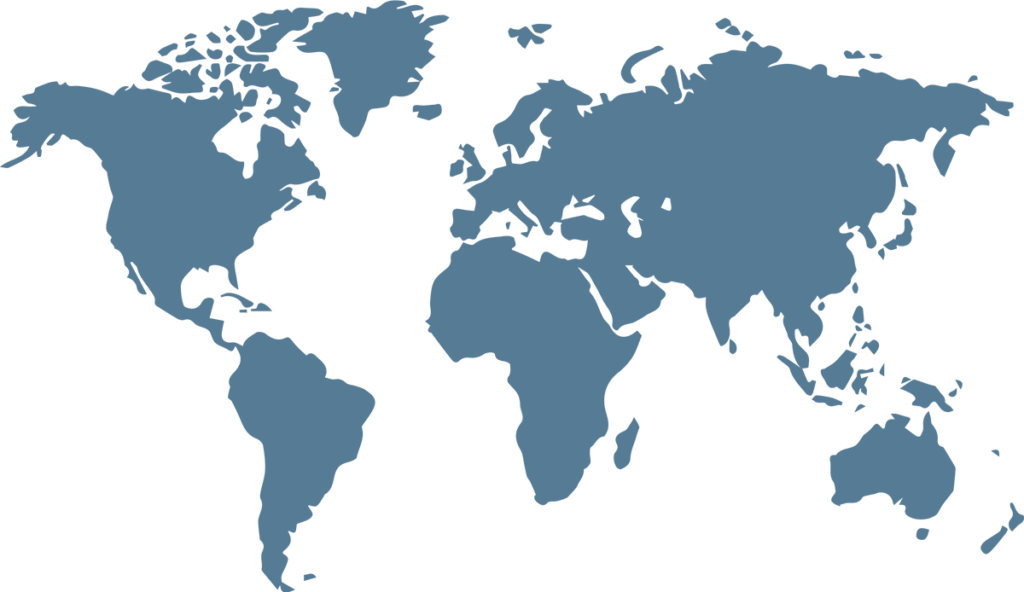If you purchase seafood marked as wild-caught salmon, how do you know that you’re not actually getting cheaper farm-raised salmon, or even an entirely different kind of fish? Researchers at the US National Institute of Standards and Technology (NIST) are helping to address this concern with the development of new salmon and shrimp reference materials, now available through the NIST Store.
Farm-raised (aquacultured) salmon and shrimp are typically less expensive to produce compared to wild-caught, which require more resources, such as fuel for boats. If producers substitute farmed shrimp for wild-caught, they can earn higher profits at a lower cost. The new reference materials can help food inspectors assess the authenticity of seafood, which can then help verify where the seafood was caught or produced.
In addition to being useful for industrial food labs, the reference materials will help the US Food and Drug Administration (FDA) and US Customs and Border Protection agencies assess whether imported salmon and shrimp are authentic. As noted by NIST biologist Debra Ellisor, “There was interest expressed by stakeholders, including customs officials, about the authenticity of seafood products. When we receive imported goods, how do we know they are what they claim to be?”
In order to develop the reference materials, the NIST researchers needed to get seafood from verified sources. They worked with the National Oceanic and Atmospheric Administration (NOAA) Northwest Fisheries Science Center Marine Forensic Laboratory to obtain salmon off the coast of Alaska as well as farm-raised salmon from a river-based aquaculture facility in Washington state. They also collaborated with NOAA researchers at the Hollings Marine Laboratory to get authentic wild-caught shrimp samples off the coast of South Carolina and aquacultured shrimp from a land-based facility in Alabama.
To make the reference materials, the researchers cut their samples into small pieces which undertook a process called cryomilling, where they were ground down while simultaneously cooled with liquid nitrogen, turning them into a fine powder. The materials were then bottled in glass jars, tested and analysed for attributes including their fatty acid profiles, crude protein levels and the specific chemical compounds in each material.
The reference materials help to authenticate shrimp and salmon in different ways. “For shrimp,” Ellisor said, “genetic analysis methods are used because wild-caught shrimp species that are found in the US market or industry are not typically found in the US aquaculture market. The species will tell you the source.”
For salmon, scientists can look at an analysis of the ratios of omega-3 to omega-6 fatty acids found in the salmon’s flesh. The aquacultured salmon reference materials have twice the amount of omega-3 fatty acids compared to wild-caught.
“We know research shows fatty acid profiles differ in salmon,” said NIST chemist Benjamin Place. “The measurement itself is straightforward. Most food labs can use that method. If it’s not accurate or precise, they may not be able to tell the difference between the two.
“If we can recognise a benchmark of wild-caught or aquaculture salmon, then we can give that to the labs,” Place said. Scientists in industry can ultimately use the reference materials to validate their methods, Ellisor added.
The reference materials can additionally be used for food safety and detecting allergens, as well as testing for metals or other contaminants. They also come with a certificate of analysis, which contains genetic information on the shrimp and salmon.
“If a food processing place can use the reference material to say this is the species that it is, then consumers can have more confidence,” Place said. “You now know when you go to a store, you can have full faith the seafood product is the species it says it is and that the labels are true.”
Source: Food Processing


